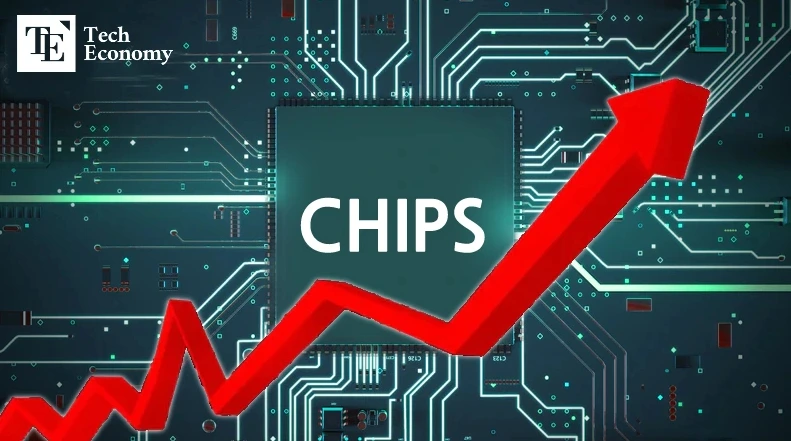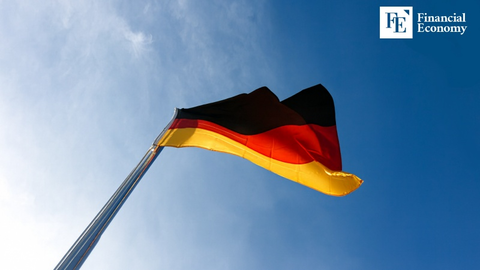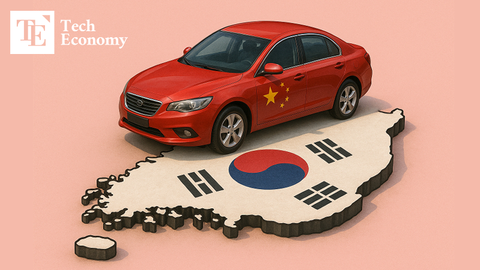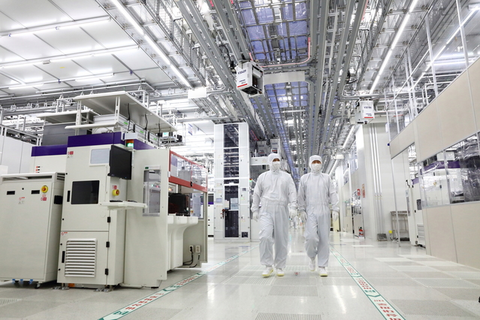The Resurgence of DDR4: Companies Smile While the Market Stays Tense
Input
Modified
Tariff Issues and Supply Cuts Lead to DDR4 Shortage
Helps Companies Reduce Dependence on NAND and HBM
Premature Tech Transition Brings Unexpected Risks

A curious phenomenon is drawing attention in the global semiconductor market, where Double Data Rate 4 (DDR4) memory is being traded at higher prices than its newer counterpart, DDR5. As memory manufacturers accelerated the transition to DDR5 and rapidly scaled back DDR4 production, remaining demand for the older model collided with a supply shortage, leading to a short-term price inversion. This has prompted criticism that the industry rushed to phase out DDR4 too quickly, with some calling for a more realistic approach that acknowledges the continued, albeit limited, demand for legacy products.
Temporary “Supply-Demand Distortion” Amid DDR5 Transition
According to market research firm TrendForce on the 20th, contract prices for server-use DDR4 memory are expected to rise 18–23% quarter-over-quarter by the end of this month, while PC-use DDR4 is projected to increase by 13–18%. In the third quarter, an additional increase of up to 13% for servers and 23% for PCs is forecast. Earlier this month, the spot price of DDR4 (16Gb·2Gx8) reached $6.14, exceeding DDR5’s $5.782. Given that DDR5 has been positioned as the mainstream memory format since its rollout in 2020, this price reversal is considered highly unusual.
The industry attributes this phenomenon more to overly reduced supply than to surging demand. Global memory manufacturers hastened the shift to DDR5 and rapidly cut DDR4 production. On top of that, tariff concerns and inventory stocking behavior contributed to an abnormal price rebound. While this distortion may appear like a "revival of an outdated product," it’s better understood as an optical illusion caused by overly aggressive restructuring.
External factors have also fueled anxiety among market participants. Low-end DDR4, long dominated by Chinese suppliers, is now facing uncertainty amid the U.S.’s tightening semiconductor export restrictions on China. This geopolitical tension has added fuel to the price rebound. As a result, a classic case of undersupply relative to demand has emerged, with some distribution channels even experiencing shortages, further amplifying the price distortion.
However, most experts agree that this trend is unlikely to persist long term. As evidence, they cite a similar episode during the previous transition to DDR4. Park Sang-wook, a researcher at Shinyoung Securities, noted, “In 2016, DDR3 prices temporarily exceeded DDR4,” and added, “That price reversal lasted about two months.” He continued, “While factors like tariffs have widened the DDR4-DDR5 price gap this time, past precedent suggests this is likely to remain a temporary phenomenon.”

DDR4 Price Reversal Sparks Optimism for Samsung and SK Hynix Earnings
The sharp rise in DDR4 prices is expected to serve as a surprise boon for South Korean memory giants Samsung Electronics and SK Hynix, whose earnings have recently entered a recovery phase. These two companies, which together control about 70% of the global DRAM market, have restructured their production portfolios around high-value-added products, yet continued to maintain a certain level of DDR4 output. This means they have not only remained suppliers but have now regained their position as price setters in the market. DDR4, long categorized as a legacy memory product and largely ignored by the market, has unexpectedly become a profit-boosting wildcard due to supply shortages.
Optimism about second-quarter earnings for Samsung and SK Hynix is rooted in this situation. Although technology-intensive products like High Bandwidth Memory (HBM) and DDR5 remain central to profitability, the price spike in DDR4 is now viewed as a complementary factor that can stabilize their profit portfolios. In particular, since DDR4 has still accounted for a sizable portion of Samsung’s total DRAM revenue until recently, the price rebound is expected to make a tangible contribution to earnings.
In fact, while Samsung began phasing out production of 8Gb LP DDR4 using its 1z-nm process last year, it still maintains output of DDR4 for servers and some PCs. As for SK Hynix, DDR4 accounted for around 40% of its DRAM production in 2024, and the company had announced plans to reduce that to around 20% within the year.
Premature ‘End-of-Life’ Declaration Triggers Volatile Transition Period
This recent shift marks a sharp contrast to earlier this year, when DDR4 was widely seen as on its way out of the market. At the time, DDR4 was considered a product that had already reached its structural limits in terms of bandwidth expansion and power efficiency. From a profitability standpoint, its status as an older generation memory placed it low on the priority list for further investment. Accordingly, most companies began to phase out DDR4 production lines or reallocate them to HBM and DDR5 manufacturing as part of future-focused strategic shifts.
However, the recent price rebound has prompted some to reconsider whether the industry’s judgment on DDR4 was premature. In reality, consistent demand remains in sectors like industrial equipment, entry-level PCs, and certain server markets. While the transition to DDR5 is ongoing, not all consumers are adopting the new technology at the same pace. In areas where component compatibility and budget constraints are key concerns, DDR4—known for its proven stability—continues to be preferred. The premature declaration of its obsolescence, coupled with suppliers' compliance, is now being criticized for creating a supply-demand imbalance.
This situation serves as a reminder that technological transitions don’t happen overnight. As one industry insider put it, "DDR4 is undoubtedly a legacy product, but at this moment, it remains a practically viable asset with real demand and profitability potential. The hasty ‘end-of-life’ announcement may have triggered an unstable transition period instead.”
In essence, discontinuing a product line solely based on market expectations, without factoring in existing demand, risks disrupting both suppliers and consumers alike.
- Previous Lee Jae-myung Administration Declares ‘Semiconductors Are Our Future’—Accelerates Industrial Transformation with Production Tax Credits and Mega-Cluster Initiative
- Next Samsung Electronics Joins Hands with Broadcom for an HBM Counteroffensive — Will It Reshape the AI Semiconductor Landscape?





















